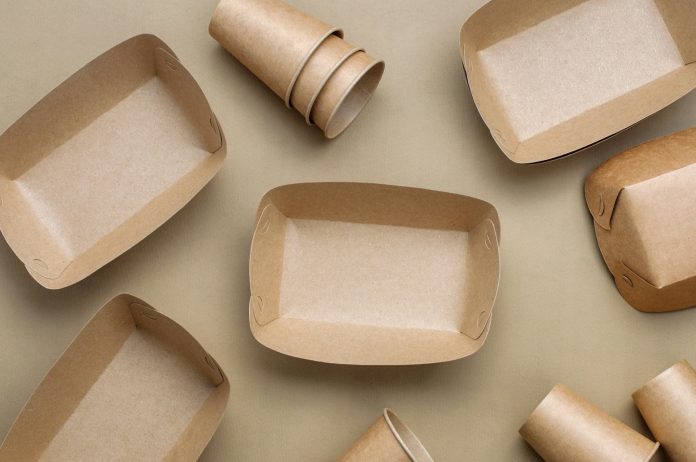There are many types of food packaging available, each designed to meet the needs of customers and retailers. Customers want sustainable, safe packaging that is also practical, while retailers want branded packaging at a reasonable price.
For these reasons, paper packaging is widely used in retail markets across various food categories thanks to its sustainability, versatility, and protective qualities. Many types of food are commonly packaged in paper, each benefiting from its unique properties.
Takeaway and ready-to-eat foods
Paper containers, bags and wraps are commonly used to package fast food, sandwiches and salads. Paper is lightweight, disposable and recyclable, making it ideal for eating on the go. Special coatings often make retail food packaging in UK heat- and grease-resistant, making it suitable for greasy or warm foods.
Bakery products
Bread, pastries and other baked goods often come in paper bags or wraps. Paper allows the product to breathe, preventing moisture build-up that can lead to dampness or mould. Additionally, paper packaging has a traditional, artisanal appearance that enhances the product’s presentation.
Confectionery and snacks
Many chocolates, sweets, and snacks are wrapped or boxed in paper. Paper packaging allows for attractive, customisable designs that enhance brand identity. When combined with inner linings, it also provides a barrier against light and air, helping to preserve freshness and flavour.
Fresh produce
Certain fresh fruits and vegetables, such as apples, potatoes and onions, are sold in paper bags or wrapped in paper. This type of packaging helps to absorb excess moisture, reducing spoilage and prolonging shelf life. Paper is also biodegradable and compostable, which aligns with consumer preferences for eco-friendly options.
Dry goods and grains
Items such as flour, sugar, rice and cereals are often packaged in paper bags or boxes. Paper provides a sturdy yet breathable container that protects against contamination while minimising environmental impact. Paper packaging also makes it easy to print nutritional information and branding.
Tea and coffee
Tea bags and coffee packaging are often made of paper because it is breathable and preserves aroma. Disposable and biodegradable paper filters are popular with environmentally conscious consumers.
Frozen and Refrigerated Foods
Some frozen vegetables, ready meals and dairy products are packaged in paperboard cartons or sleeves. Paper packaging offers insulating properties and is easier to recycle than many plastics, thus contributing to sustainability goals.
Paper packaging is favoured for its biodegradability, recyclability, versatility and breathability across many food categories. It helps to maintain food quality and extend shelf life, meeting growing consumer demand for environmentally responsible packaging solutions.

